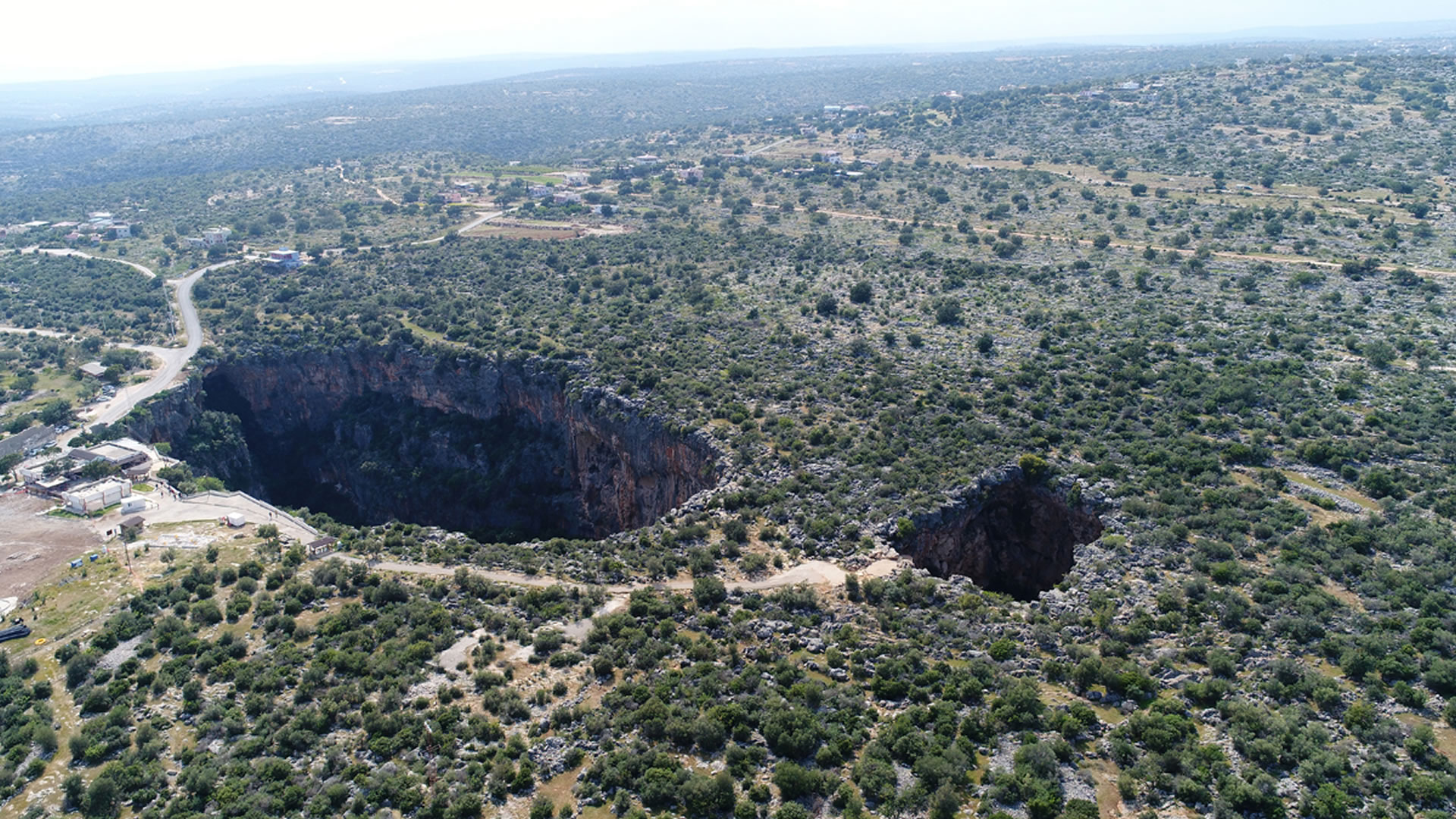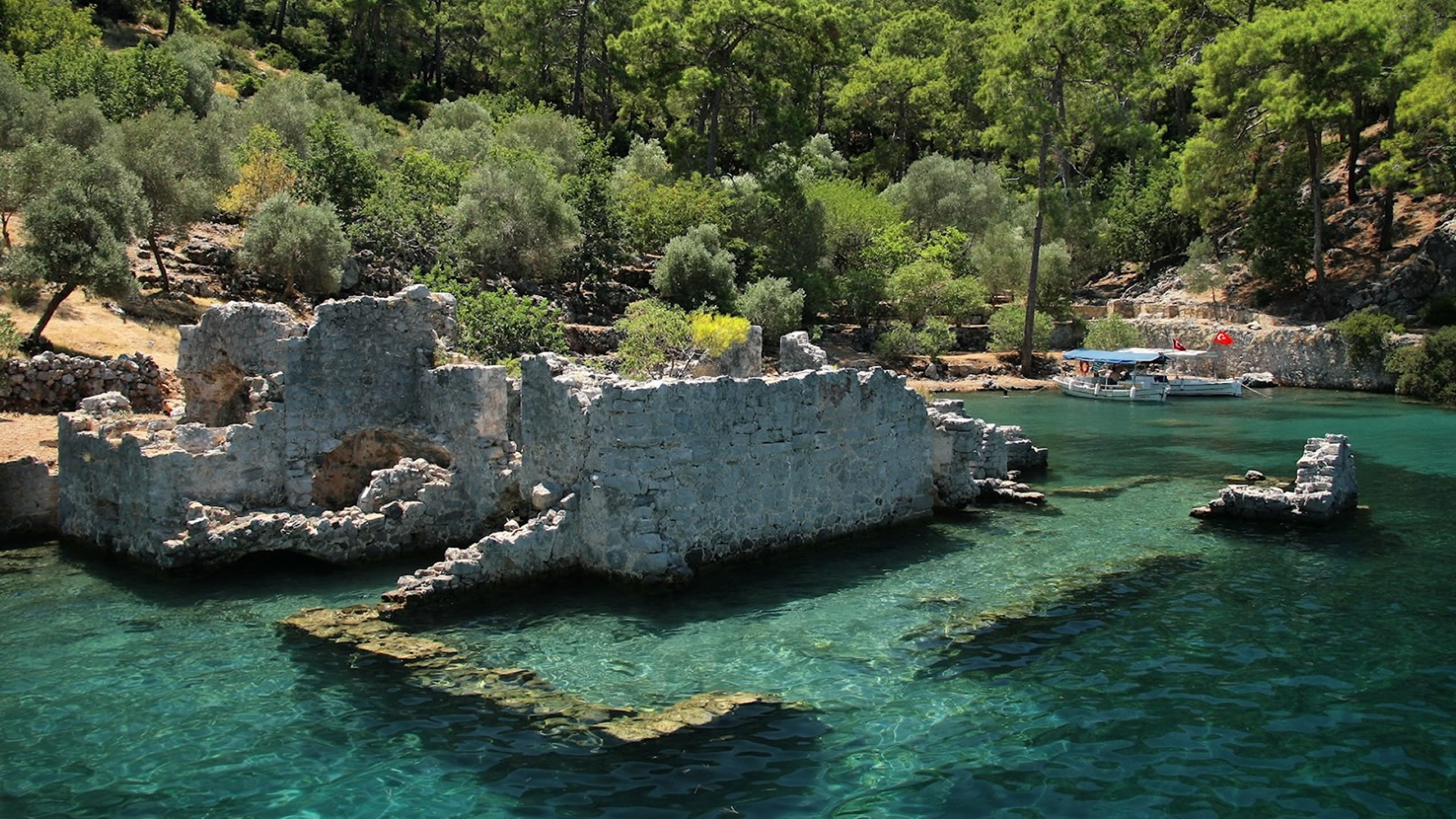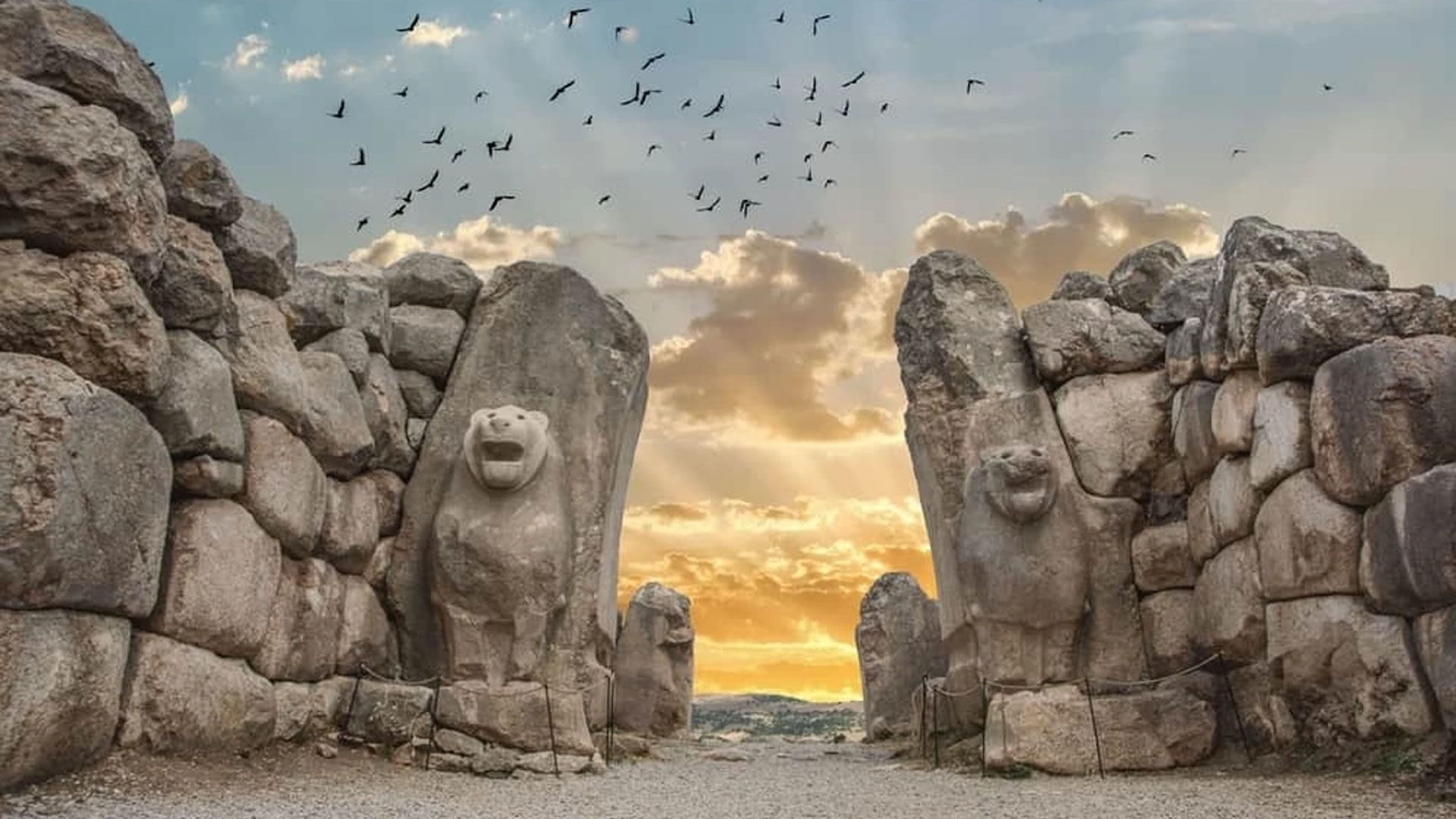Princess of the King Bath One of the Historical Treasures of Yozgat

Yozgat, one of the cities steeped in history in the depths of Anatolia, has a rich cultural heritage. Among the historical structures of this city, one that stands out is the Kral Kızı Hamamı (Princess of the King Bath). Situated in the center of Yozgat, this bathhouse attracts the attention of both local people and visitors with its architectural structure and historical significance.
Kral Kızı Hamamı is one of the significant works built during the Ottoman period. Dating back to the 16th century, this structure reflects the architectural characteristics of the period. As one of the typical Ottoman baths seen in many cities of Anatolia, Kral Kızı Hamamı bears the traces of classical bathhouse architecture.
The origin of the name Kral Kızı Hamamı is also an interesting subject. According to legend, during the construction of the bathhouse, it is believed that the daughter of a ruler who was influential in the Yozgat region at that time frequently came here to bathe, and it is thought that the name of the bathhouse originated from this ruler's daughter. However, this could be a myth, and there is no definitive evidence.
During the Ottoman period, baths were an important part of society, serving not only for cleanliness and personal care but also as spaces for social interaction and communal gatherings. Kral Kızı Hamamı also served this function and became an important social center for both the local people and visitors.
The bathhouse is constructed following the general design of traditional Turkish baths. It typically consists of three main sections: the cold room, the warm room, and the hot room. The transitions between these sections are designed to facilitate the functionality and use of the bathhouse. Kral Kızı Hamamı follows this typical plan scheme.
Kral Kızı Hamamı is not only an architectural structure but also a social and cultural center. In Ottoman society, baths were not only spaces used for cleanliness and personal care but also social areas where people gathered, conversed, and spent time together. Therefore, Kral Kızı Hamamı played an important role in the social life of the people of Yozgat.
The bathhouse became an important meeting point not only for the local people but also for visitors to the city. The conversations held here and the enjoyment of the warmth and healthful water became part of the bathhouse culture.
Structures that are historically and culturally significant should be preserved and passed on to future generations. Kral Kızı Hamamı holds great value in this regard. Through the efforts of the people of Yozgat and the government, the bathhouse has been restored, preserving its historical texture and passing it on to future generations.
Today, Kral Kızı Hamamı serves not only as a historical monument but also as a tourist destination. Both local and foreign tourists visit this historical bathhouse to witness the cultural heritage of Yozgat and explore this valuable structure.
Kral Kızı Hamamı is an important structure reflecting the historical and cultural richness of Yozgat. Bearing the traces of the Ottoman period, this bathhouse is not only an architectural monument but also a significant social and cultural center. Preserved to be passed on to future generations, this historical monument offers its visitors the opportunity to trace the past and experience the historical atmosphere of Anatolia's depths.
Historical Origins and Architectural Structure
Kral Kızı Hamamı is one of the significant works built during the Ottoman period. Dating back to the 16th century, this structure reflects the architectural characteristics of the period. As one of the typical Ottoman baths seen in many cities of Anatolia, Kral Kızı Hamamı bears the traces of classical bathhouse architecture.
The origin of the name Kral Kızı Hamamı is also an interesting subject. According to legend, during the construction of the bathhouse, it is believed that the daughter of a ruler who was influential in the Yozgat region at that time frequently came here to bathe, and it is thought that the name of the bathhouse originated from this ruler's daughter. However, this could be a myth, and there is no definitive evidence.
During the Ottoman period, baths were an important part of society, serving not only for cleanliness and personal care but also as spaces for social interaction and communal gatherings. Kral Kızı Hamamı also served this function and became an important social center for both the local people and visitors.
The bathhouse is constructed following the general design of traditional Turkish baths. It typically consists of three main sections: the cold room, the warm room, and the hot room. The transitions between these sections are designed to facilitate the functionality and use of the bathhouse. Kral Kızı Hamamı follows this typical plan scheme.
Cultural and Social Significance
Kral Kızı Hamamı is not only an architectural structure but also a social and cultural center. In Ottoman society, baths were not only spaces used for cleanliness and personal care but also social areas where people gathered, conversed, and spent time together. Therefore, Kral Kızı Hamamı played an important role in the social life of the people of Yozgat.
The bathhouse became an important meeting point not only for the local people but also for visitors to the city. The conversations held here and the enjoyment of the warmth and healthful water became part of the bathhouse culture.
Preservation of Cultural Heritage and Passing It On to the Future
Structures that are historically and culturally significant should be preserved and passed on to future generations. Kral Kızı Hamamı holds great value in this regard. Through the efforts of the people of Yozgat and the government, the bathhouse has been restored, preserving its historical texture and passing it on to future generations.
Today, Kral Kızı Hamamı serves not only as a historical monument but also as a tourist destination. Both local and foreign tourists visit this historical bathhouse to witness the cultural heritage of Yozgat and explore this valuable structure.
Kral Kızı Hamamı is an important structure reflecting the historical and cultural richness of Yozgat. Bearing the traces of the Ottoman period, this bathhouse is not only an architectural monument but also a significant social and cultural center. Preserved to be passed on to future generations, this historical monument offers its visitors the opportunity to trace the past and experience the historical atmosphere of Anatolia's depths.









































































